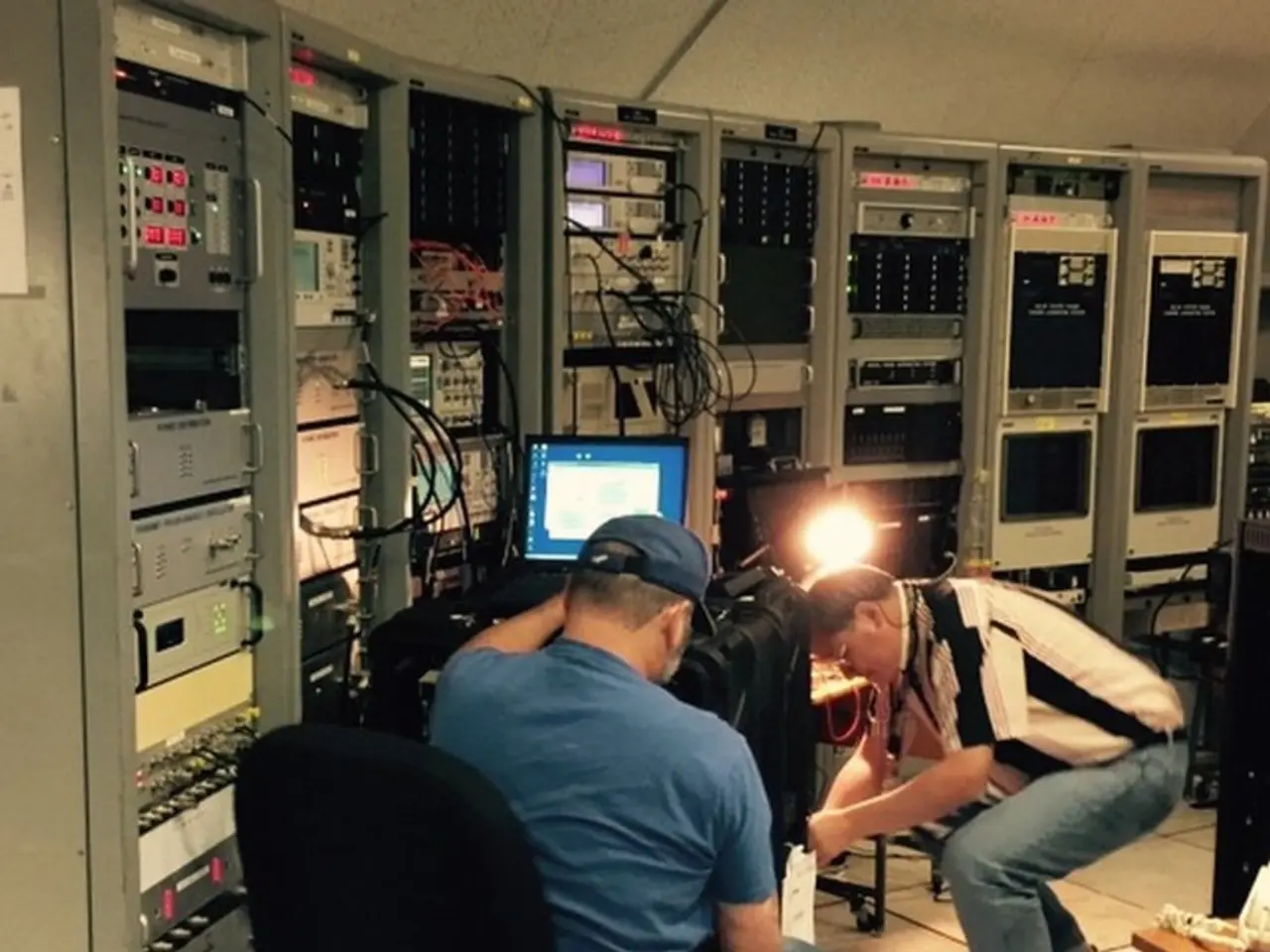Tech Professionals Seeking H-1B Visa Alternatives in 2025: Exploring Three Options
As the demand for tech talent continues to grow, so does the competition for the coveted H-1B visa, traditionally seen as the golden ticket to working in Silicon Valley or landing a role with a top U.S. firm. However, the challenges of the H-1B lottery and caps have led tech professionals to consider alternative visa options in 2025.
O-1 Visa: For Exceptional Talent
The O-1 visa is a non-immigrant visa for individuals with extraordinary ability in their field. Unlike the H-1B visa, it has no annual cap, making it a more attractive option for those who can prove their extraordinary skills or impact. This visa is suitable for elite tech professionals recognized internationally or in their field.
While the O-1 visa is more merit-based, it requires strong evidence of achievements and can be costly due to legal fees. The filing fee for an O-1 Visa is around $530, and legal help can cost between $4,000 and $6,000. The O-1 Visa petition process requires proof of wide recognition or measurable impact of the individual's work.
L-1 Visa: For Intra-Company Transfers
The L-1 visa is designed for employees of multinational companies who have worked at least one year abroad and are transferred to the U.S. branch. This visa has no lottery and a more predictable process, with employer support being key. It covers managerial, executive, or specialized knowledge roles within the same company.
The cost of applying for an L-1 Visa ranges from about $960 to $1,440. Unlike the H-1B visa, the L-1 visa has no cap, making it a more reliable option for those seeking a stable work visa.
EB-5 Immigrant Investor Program: For Permanent Residency through Investment
The EB-5 Immigrant Investor Program provides a path to a green card through investing $800,000 to $1,050,000 (or more) in a U.S. business that creates at least 10 full-time jobs. This visa offers a stable and direct route to permanent residency and eventual citizenship, making it a more attractive option for tech professionals with capital to invest or startup founders.
The E-2 Treaty Investor Visa is another option for citizens of countries with a treaty of commerce with the United States, requiring a substantial investment in a U.S.-based business. However, the E-2 Visa is not a realistic option for low-income tech professionals due to the substantial investment requirement.
In summary, to overcome the 2025 challenges of the H-1B lottery and caps, tech professionals often consider the O-1 visa for exceptional talent, the L-1 visa for intra-company transfers, or the EB-5 investor visa for permanent residency through investment. Each has distinct eligibility criteria, costs, and benefits to consider.
[1] USCIS: O-1 Visa [2] Nolo: O-1 Visa [3] American Immigration Council: O-1 Visa [4] USCIS: EB-5 Immigrant Investor Program [5] Nolo: EB-5 Immigrant Investor Program
- Tech professionals seeking a merit-based, non-immigrant visa as an alternative to the H-1B visa in 2025 may find the O-1 Visa attractive, as it has no annual cap and is suitable for individuals with extraordinary ability in their field, such as technology.
- For tech professionals aiming for a stable and direct route to permanent residency, the EB-5 Immigrant Investor Program could be an option, as it offers a path to a green card through investing in a United States-based business, which aligns well with career-development and self-development goals in the field of finance and education-and-self-development.







